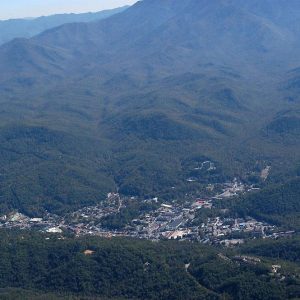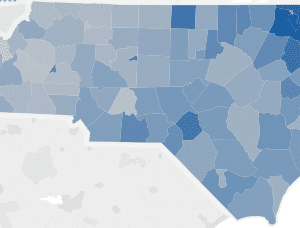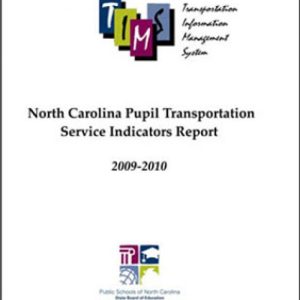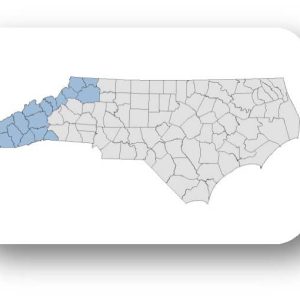Maps

Map: Explore City Population Change in the Charlotte Region
The map below shows the percent change in population for cities from 2000 to 2010 – the larger the circle, the higher the percent change. Click on individual cities to see additional population data. You may pan and zoom the map to see greater detail. If you have trouble selecting an individual city, you may […]

Measuring the Return on Investment
Today’s public libraries are expected to deliver traditional services in a rapidly changing technological environment . As libraries struggle to maintain high quality programs that are financially sustainable, the impact of the recent recession and the consequent decline in financial support further challenges libraries to find ways to survive while continuing to deliver essential services. […]

Research Triangle West: Bringing knowledge production to the western Piedmont
In the early 1950s the not yet established Research Triangle Park (RTP) was pitched to Governor Luther Hodges as a cluster of “two medical schools, two engineering schools and a core of preeminent researchers in every field of science.” Hodges response: he called the presenter (a dean at NC State College) a “huckster.”[i] North Carolinians […]

Mapping de facto segregation in Charlotte-Mecklenburg Schools
After boasting one of the nation’s most successful mandatory busing plans to desegregate the district’s schools, Charlotte-Mecklenburg Schools (CMS) has once again become increasingly segregated. This shift has been documented meticulously through numerous recent studies and disseminated to the public through coverage in the local media. In partnership with Council for Children’s Rights, as part […]

Mecklenburg County Community Food Assessment 2010
High rates of obesity and diabetes have spurred research to understand the causes and to identify prevention strategies. Evaluation of the neighborhood environment as it relates to food access is a growing area of research. Many studies have found that residents in low income and minority communities have poor access to grocery stores and healthy […]

Nearly 570% Increase in Development in Western NC Mountains Since 1976
From 1976 to 2006, land development in the North Carolina mountains increased 568 percent – from 34,348 acres to 229,422 acres – and is expected to increase another 63 percent by 2030. Population, meanwhile, increased only 42 percent between 1976 and 2006 and is projected to increase only another 25 percent by 2030. The result? […]

Mapping historical development patterns and forecasting urban growth in Western North Carolina
The Renaissance Computing Institute (RENCI) at UNC Charlotte expanded the urban growth mapping and forecasting into 19 counties in the Western part of North Carolina: Alleghany, Ashe, Avery, Buncombe, Cherokee, Clay, Graham, Haywood, Henderson, Jackson, Macon, Madison, Mitchell, Polk, Swain, Transylvania, Watauga, Wilkes, and Yancey Counties. The final report maps historical development patterns from 1976-2030 […]

2009-2010 Transportation Service Indicators Report
The Transportation Service Indicator Report is released annually by the North Carolina Department of Public Instruction (NCDPI) and compiled at the UNC Charlotte Urban Institute in cooperation with the Institute for Transportation Research and Education at North Carolina State University. This report summarizes operational data for every North Carolina public school district. Based on data […]

Urban Growth Mapping & Forecasting: 1976-2030, Western NC County Profiles
The Renaissance Computing Institute (RENCI) at UNC Charlotte expanded the urban growth mapping and forecasting into 19 counties in the Western part of North Carolina: Alleghany, Ashe, Avery, Buncombe, Cherokee, Clay, Graham, Haywood, Henderson, Jackson, Macon, Madison, Mitchell, Polk, Swain, Transylvania, Watauga, Wilkes, and Yancey Counties. The full research report is available in our web […]